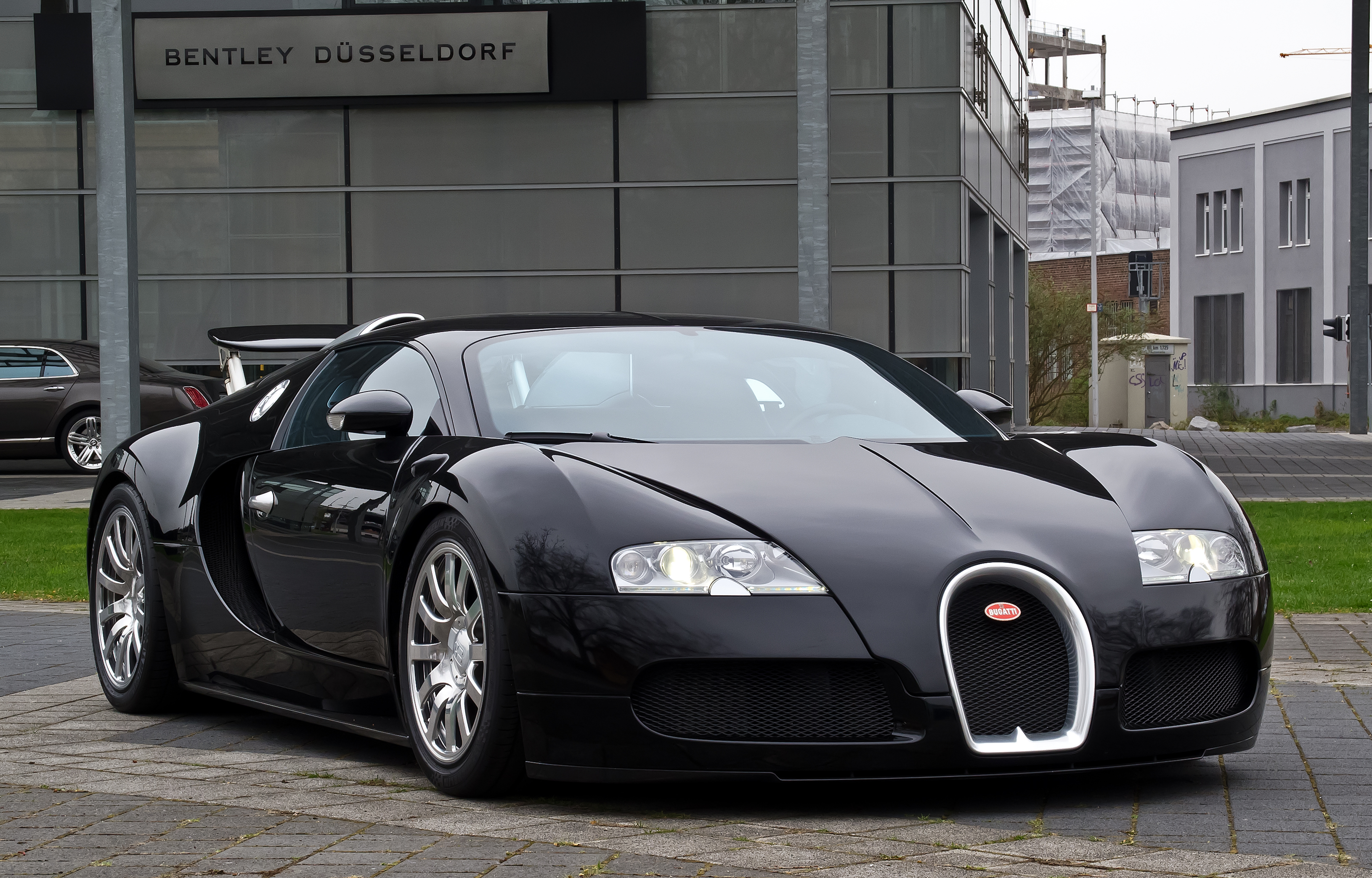I spend most of my time reading through wikipedia regarding car engine and have learn quite a bit. Well in today's topic we'll try to differentiate what's a V6, V10, V12 engine. After that we'll go in much deeper, to the pistons, cylinders of the engines.
I apologize to my lady audiences as this may be a bit boring to you.
Ok straight onwards. What's a V6? Why V6?
A V6 engine is an engine with 6 cylinders, in the shaped of a V. That simple!
Notice the 3 cylinders circled at the front side and another 3 at the back. Both sides have an inclination degree, which form the V shape, hence giving its name the V6 engine.
The same applies to V10, 12 and so on so forth.
Ok great! So smart assumption: the more number of cylinders, the much more power right?
YES! Exactly. From a smart deduction, a higher number certainly means a higher horsepower and a more powerful engine! (But it is not always correct to make that assumption).
But if that's the case, has it got you wondering why cars aren't classified by the engines they have for power? Rather, they are classified under cc or L?
"My Toyota Vios is a 1.5L car"
"My Toyota Camry is a 2.4L car"
Now remember your smart assumption from above? A high number of cylinders can only help make assumptions. Cause to look at the overall performance of an engine, we'll have to gauge the displacement of the engine.
An engine displacement defined by the volume swept by all the cylinders in a single movement from top dead center (TDC) to bottom dead center (BDC). Quite simply, it measures how much petrol your engine combusted in a SINGLE turn.

One complete cycle of a four-cylinder, four-stroke engine. The volume displaced is marked in red.
So does it all makes sense now? If you engine consumes much more gas per turn, it generates more emission per turn. What influences the displacement is the cylinder diameter and the length (TDC-BDC), as different values will impact the volume of gas emission. This is also why regulation tax cars on their emission and not on the number of cylinders in an engine.
So let's see how a single piston in a cylinder operate shall we?

Now all great cars have great engines. Let's take a brief glance on some of the super cars and their engines shall we?

Lamborghini Aventador - V12

Audi R8 - V8 or V10 depending on specs

Pagani Zonda - V12

Bugatti Veyron - W18
Wait... W18? Yes no typo... Here's how a W18 engine looks like...

